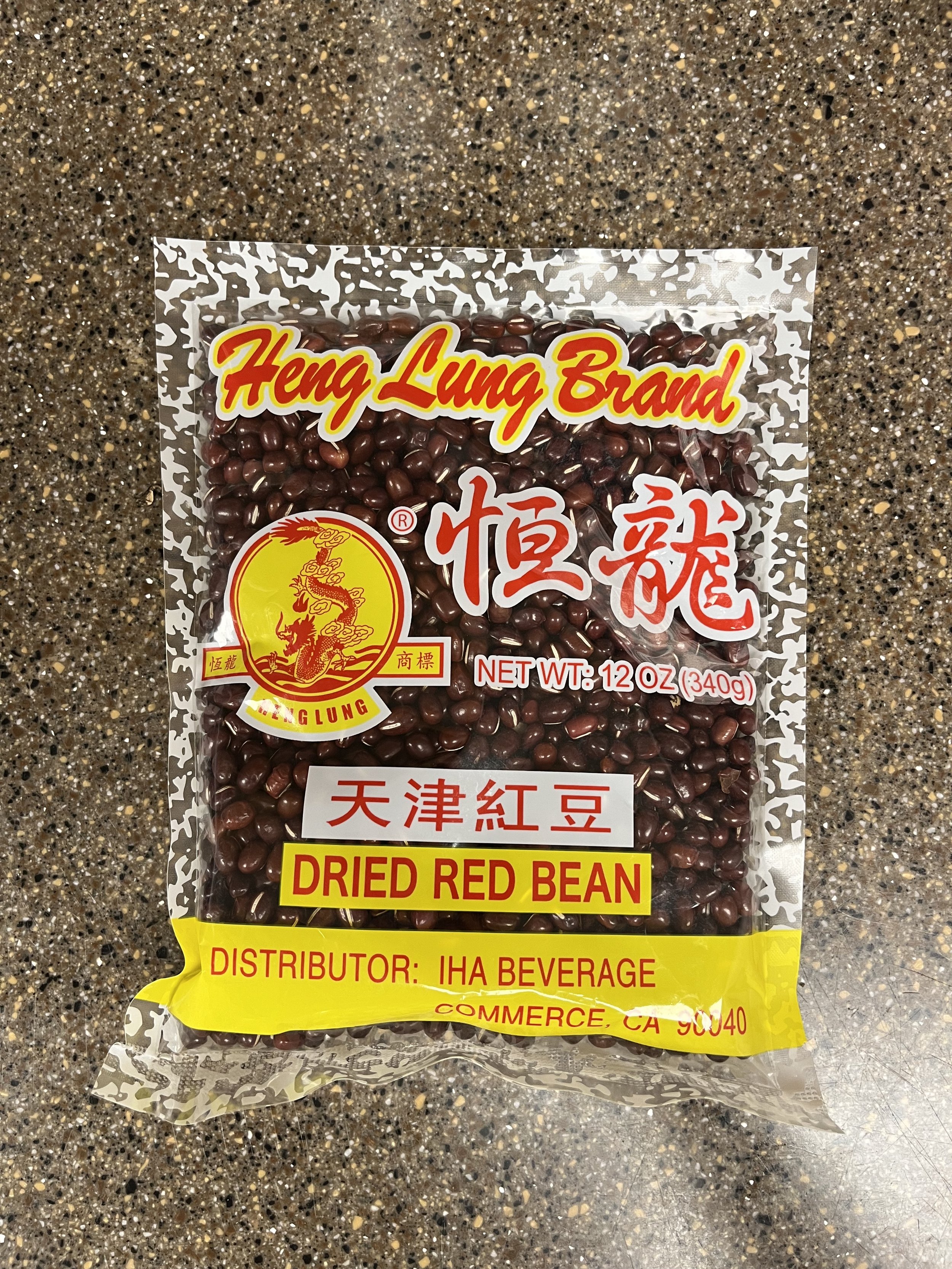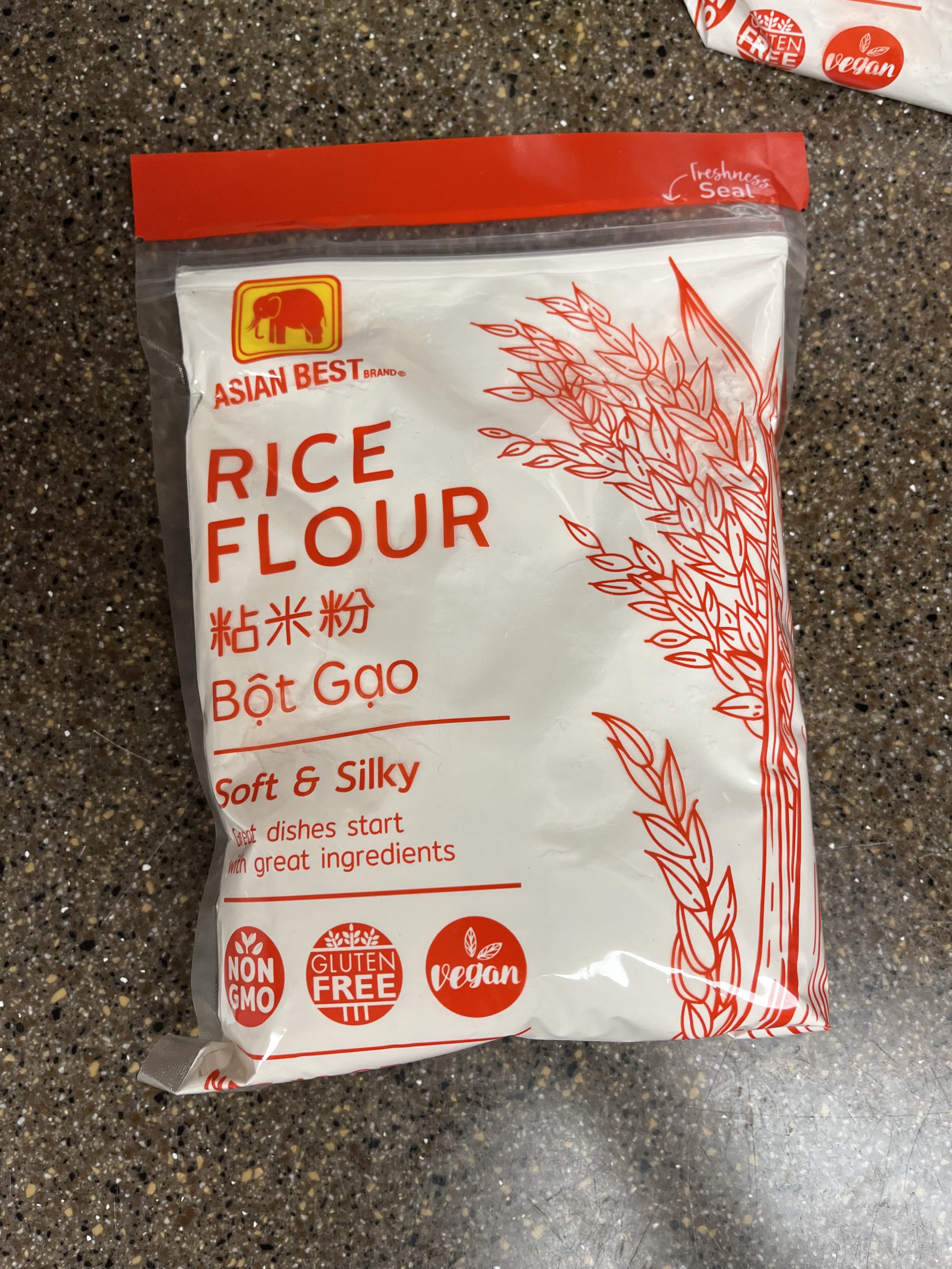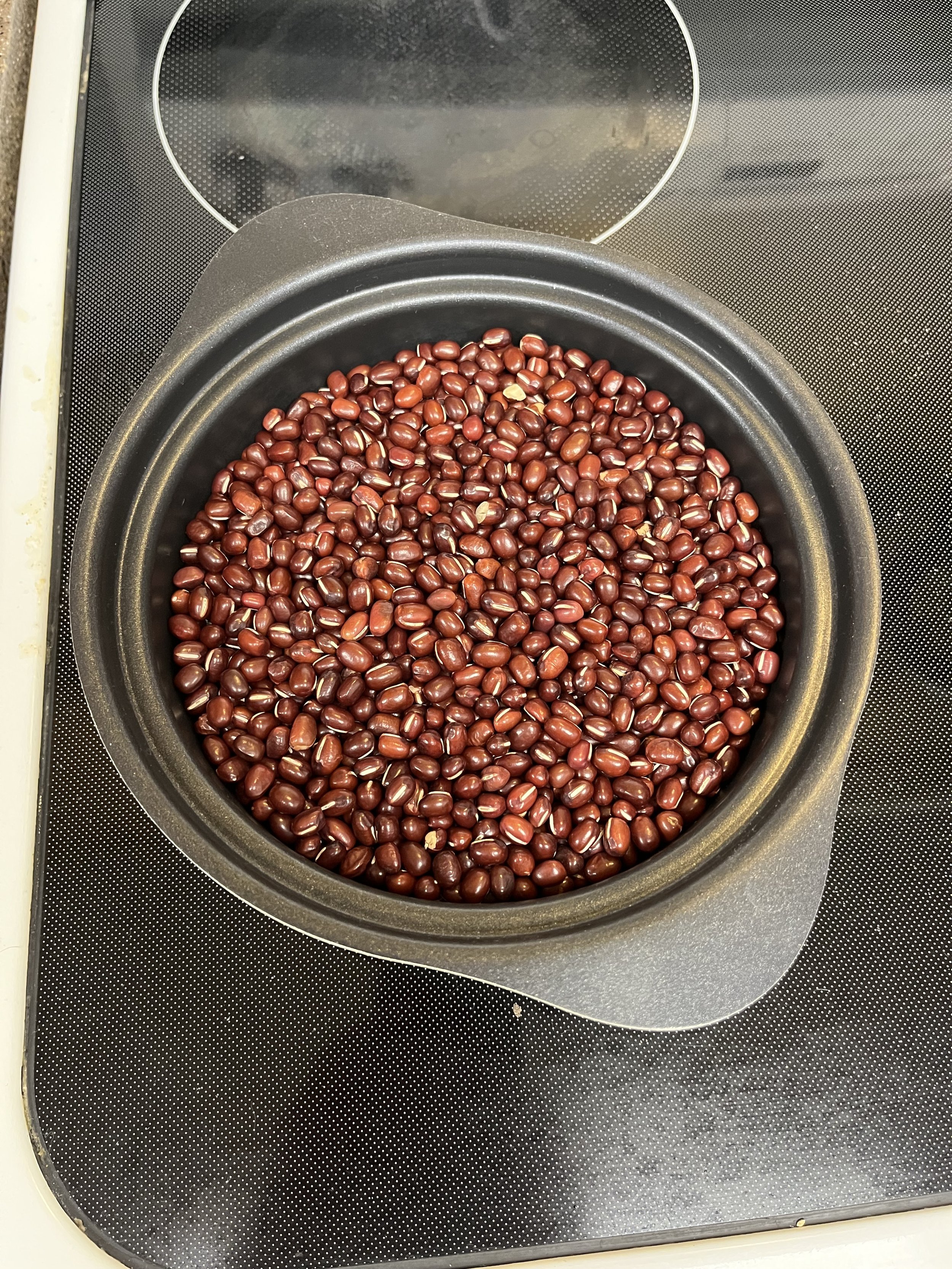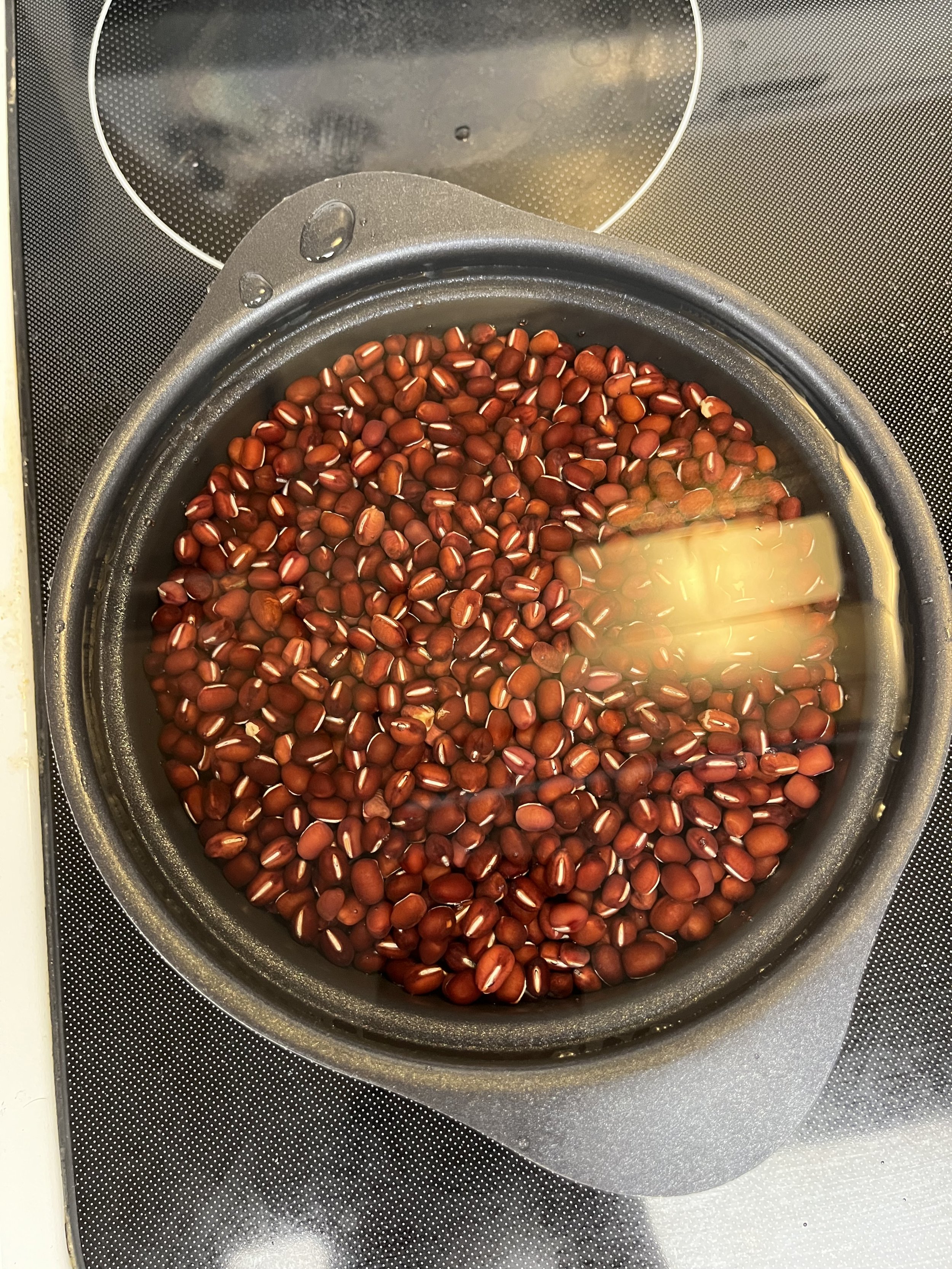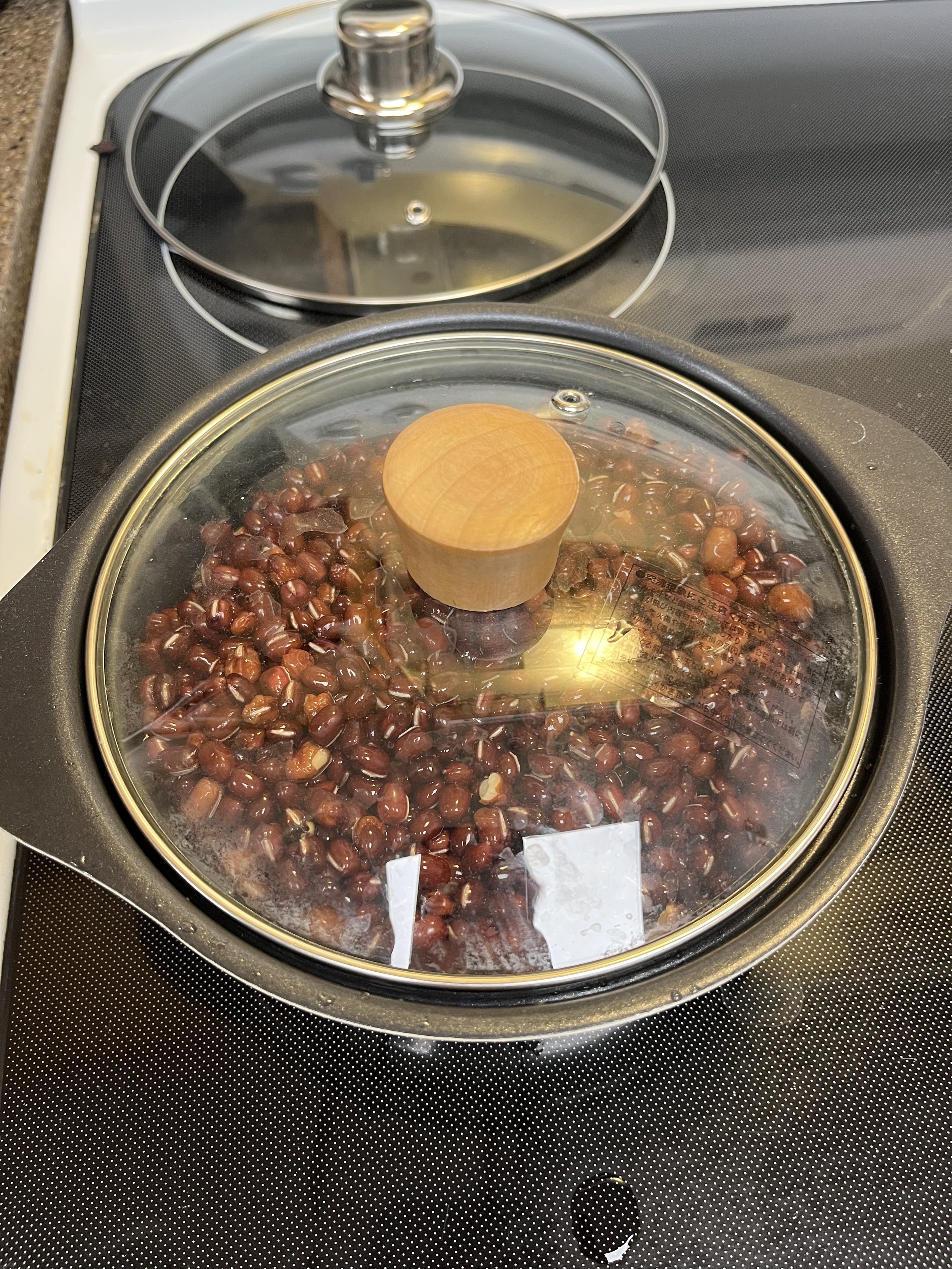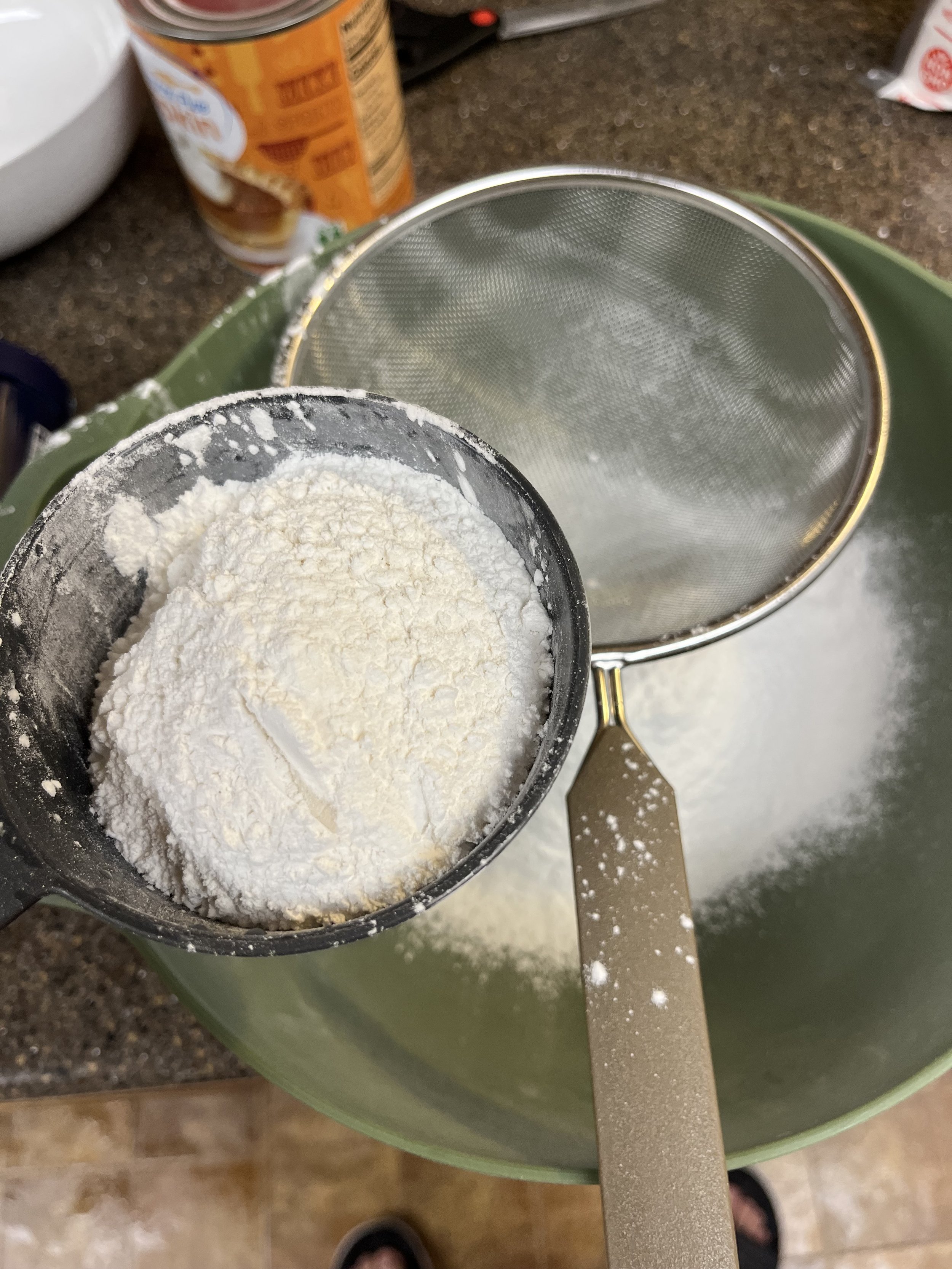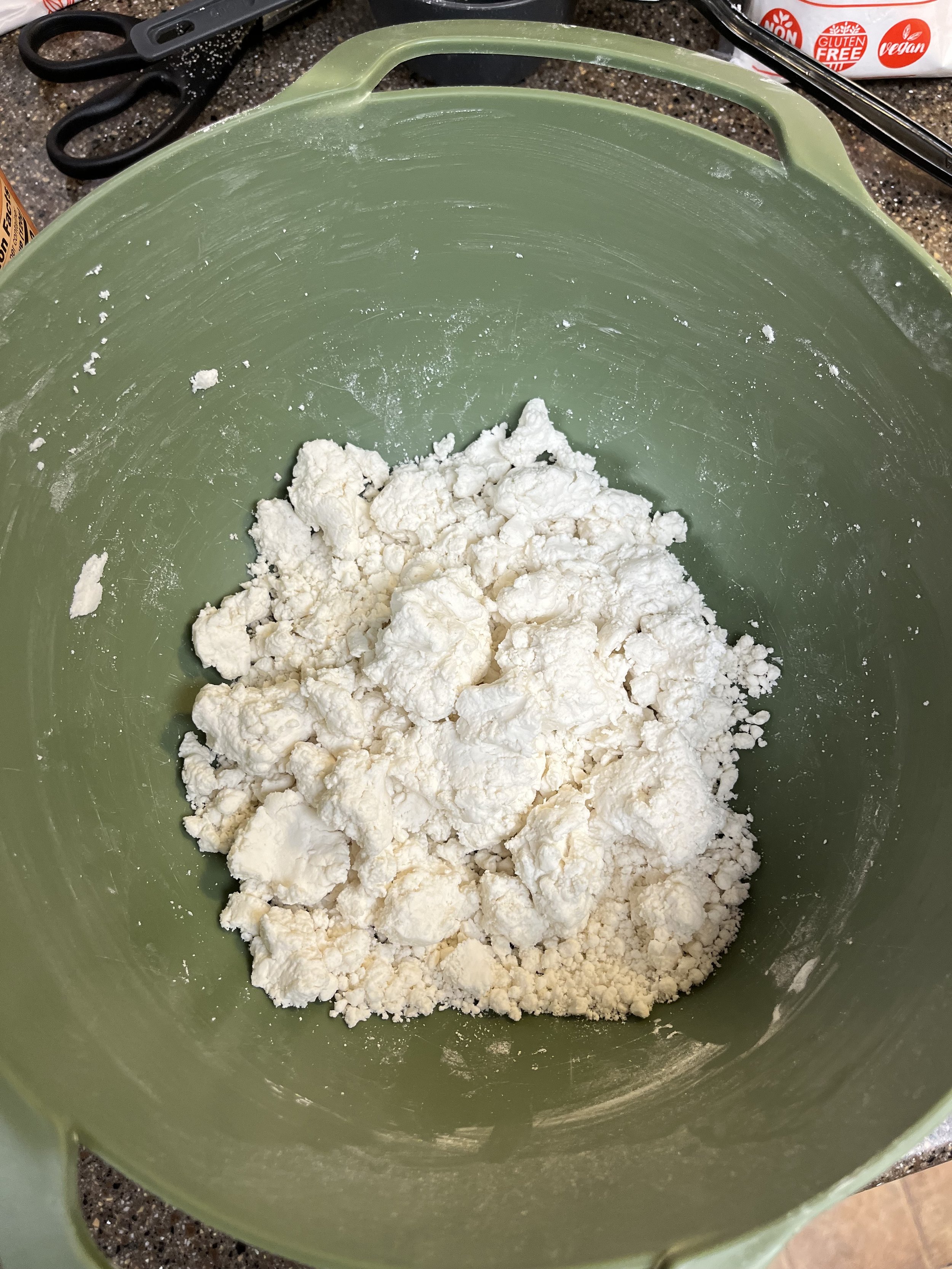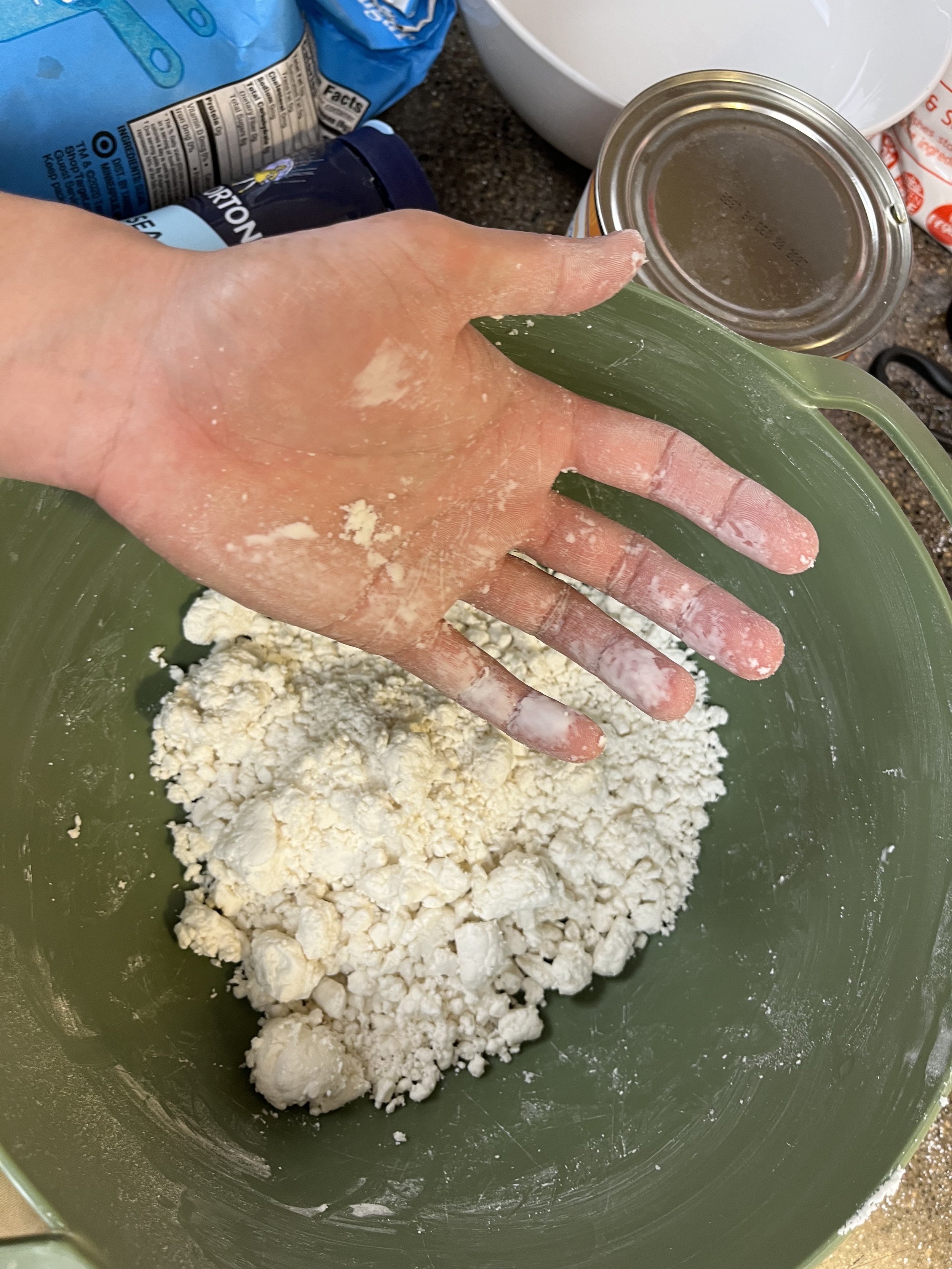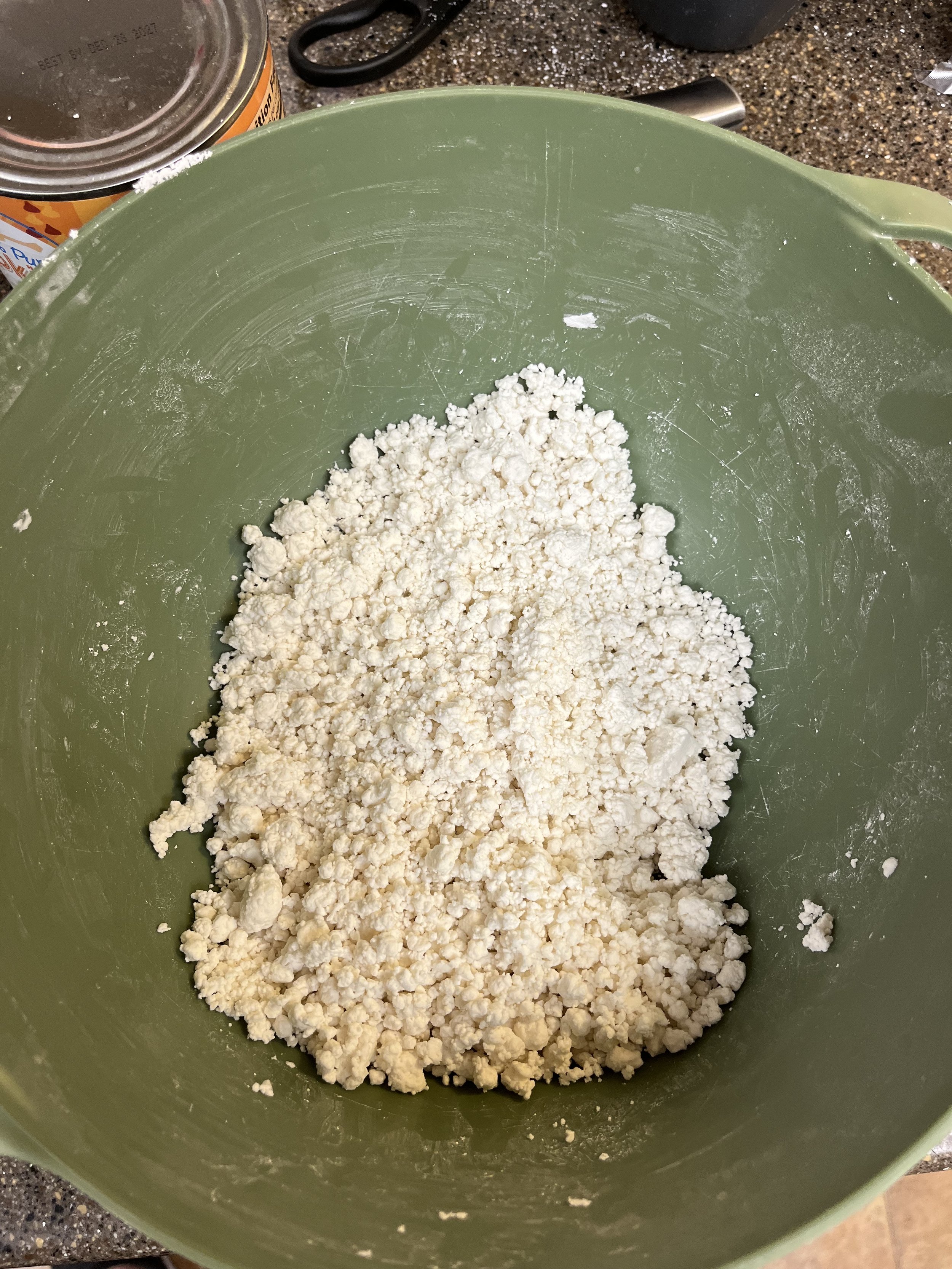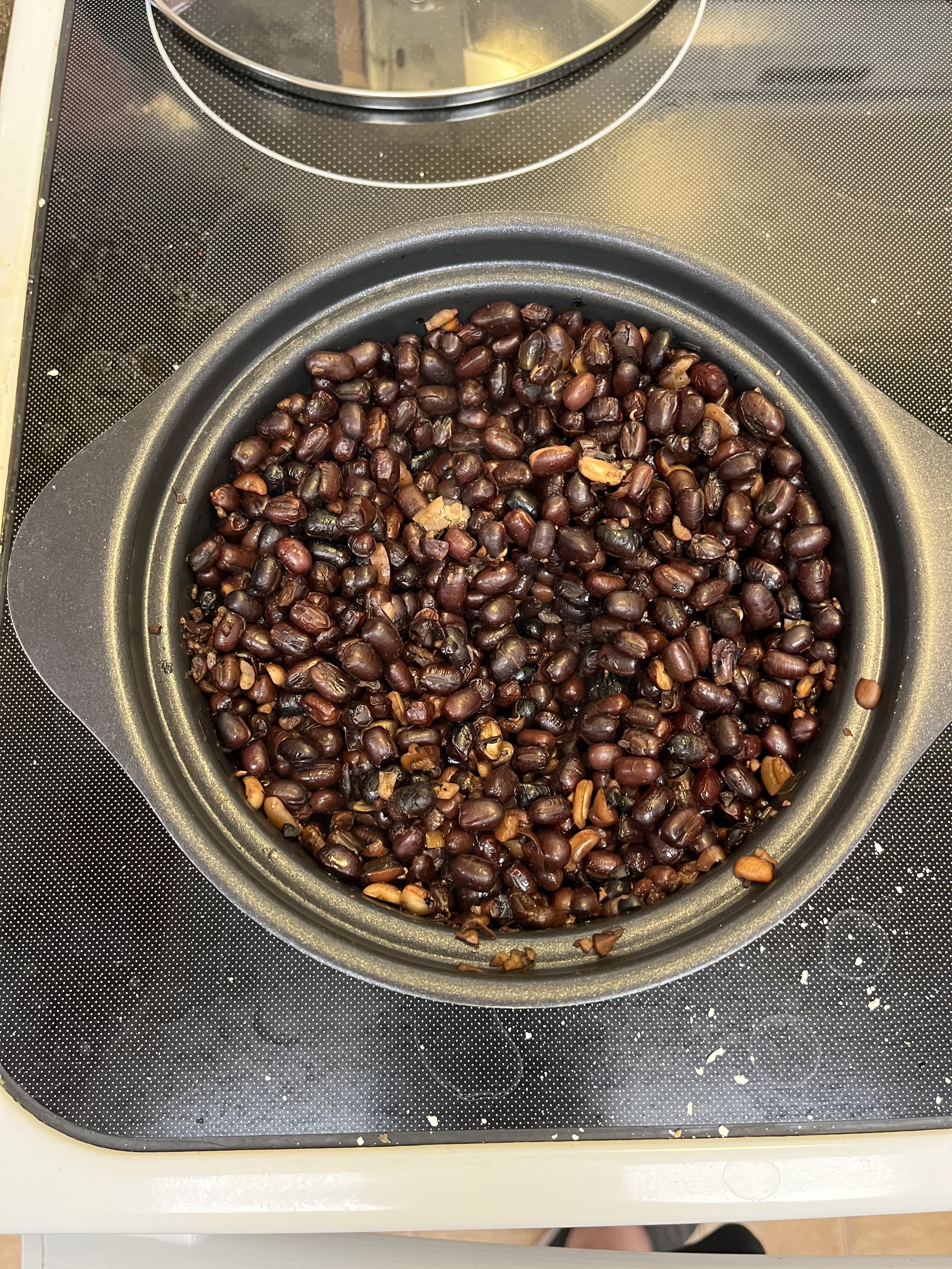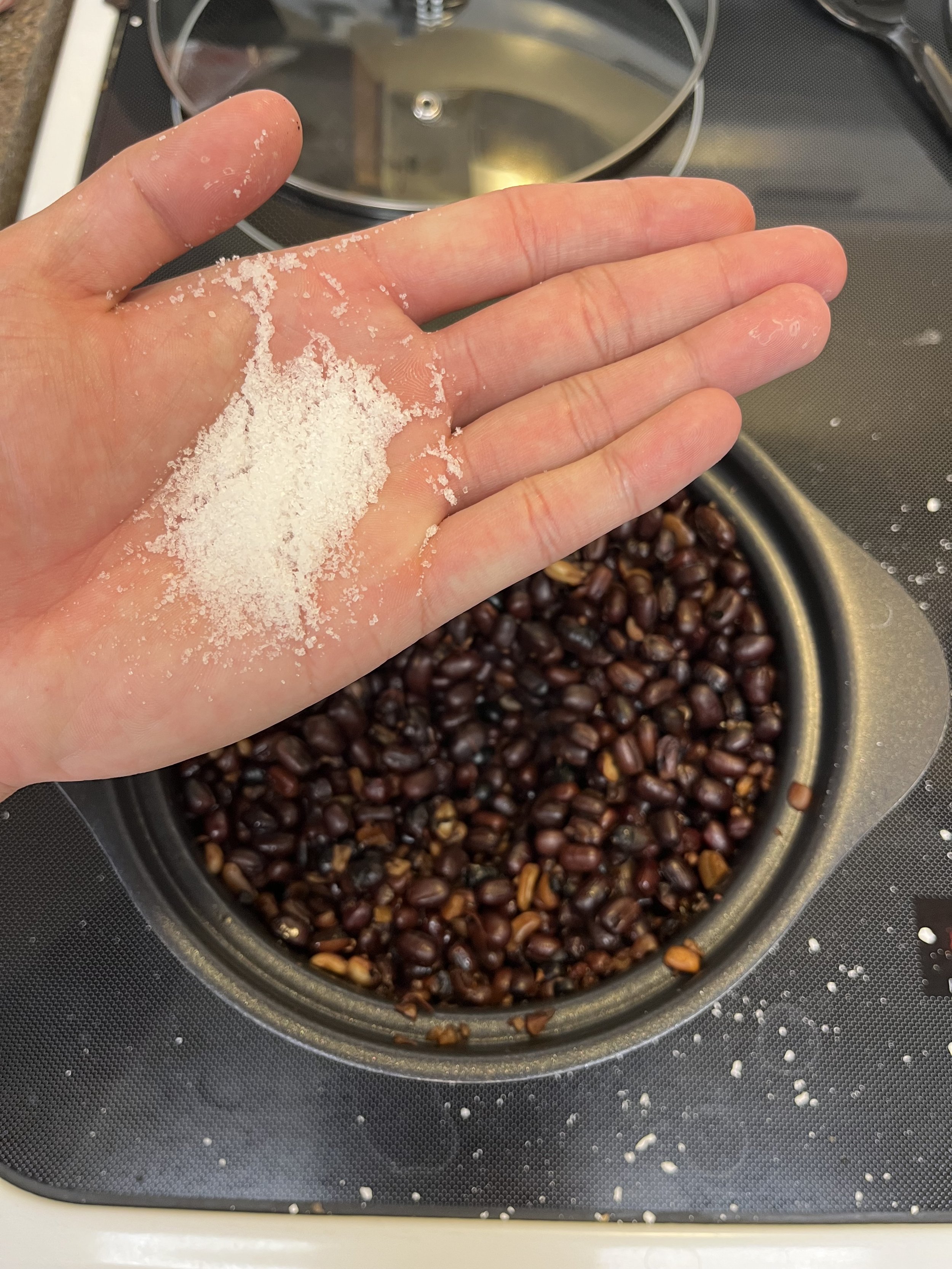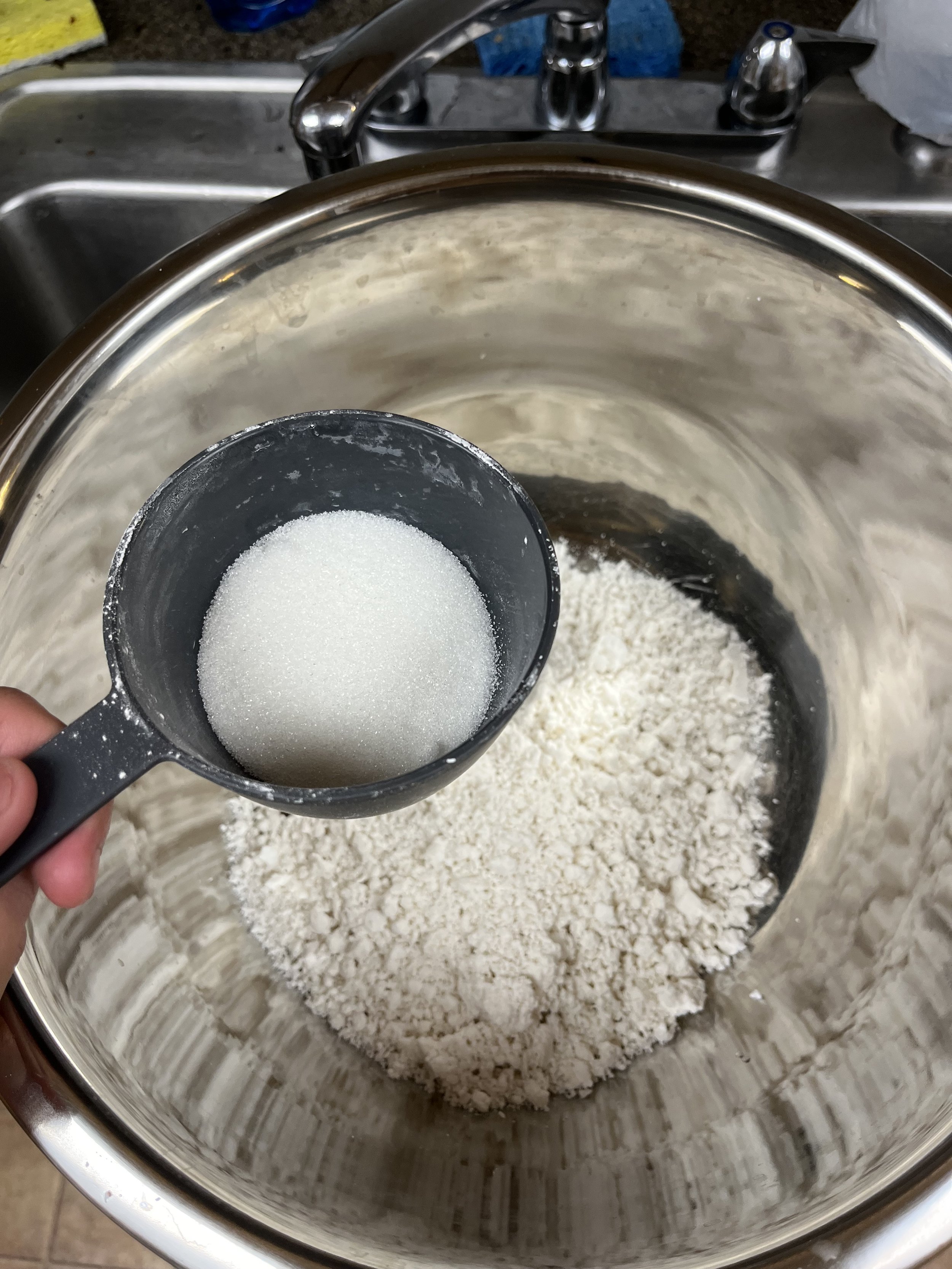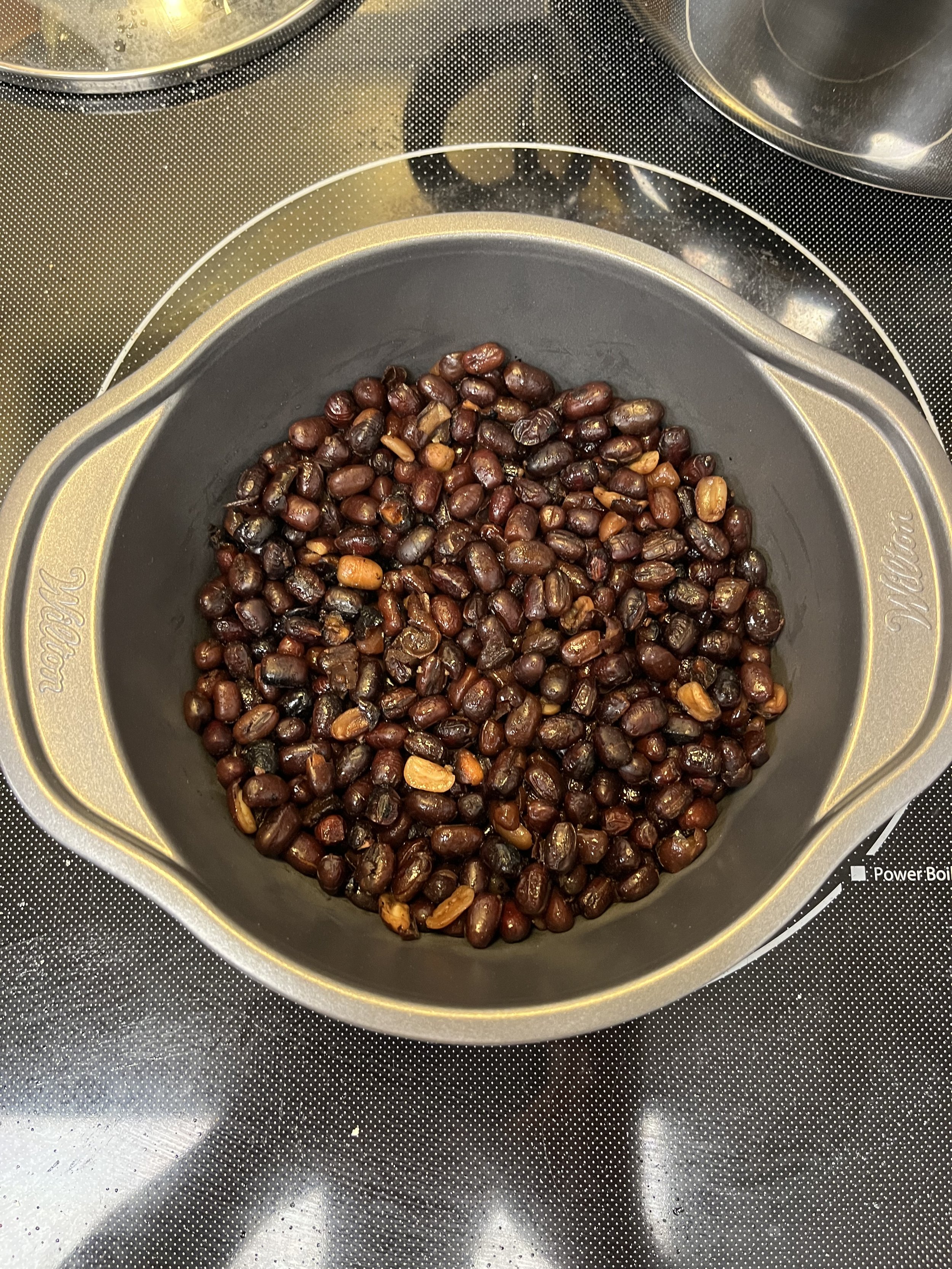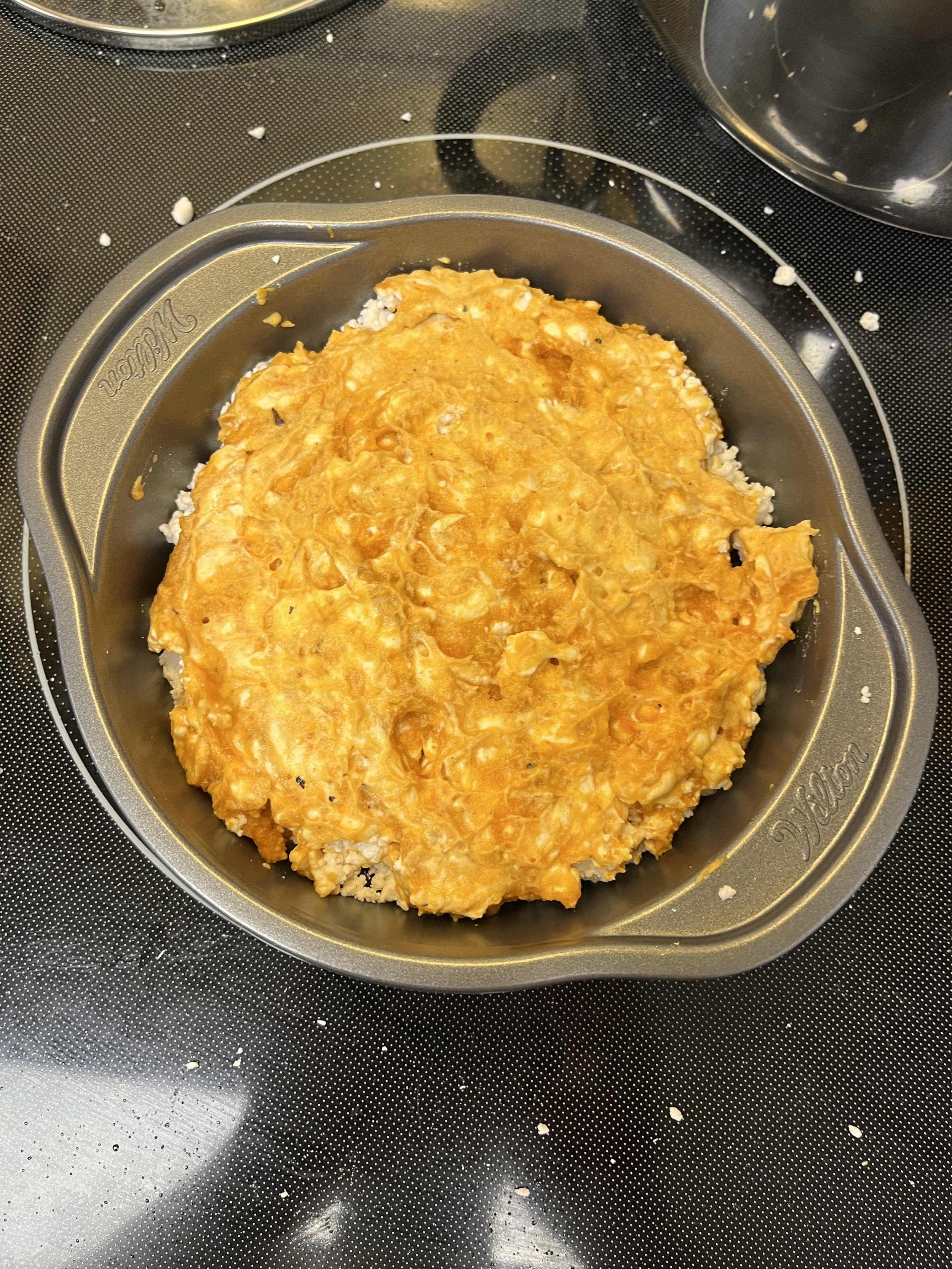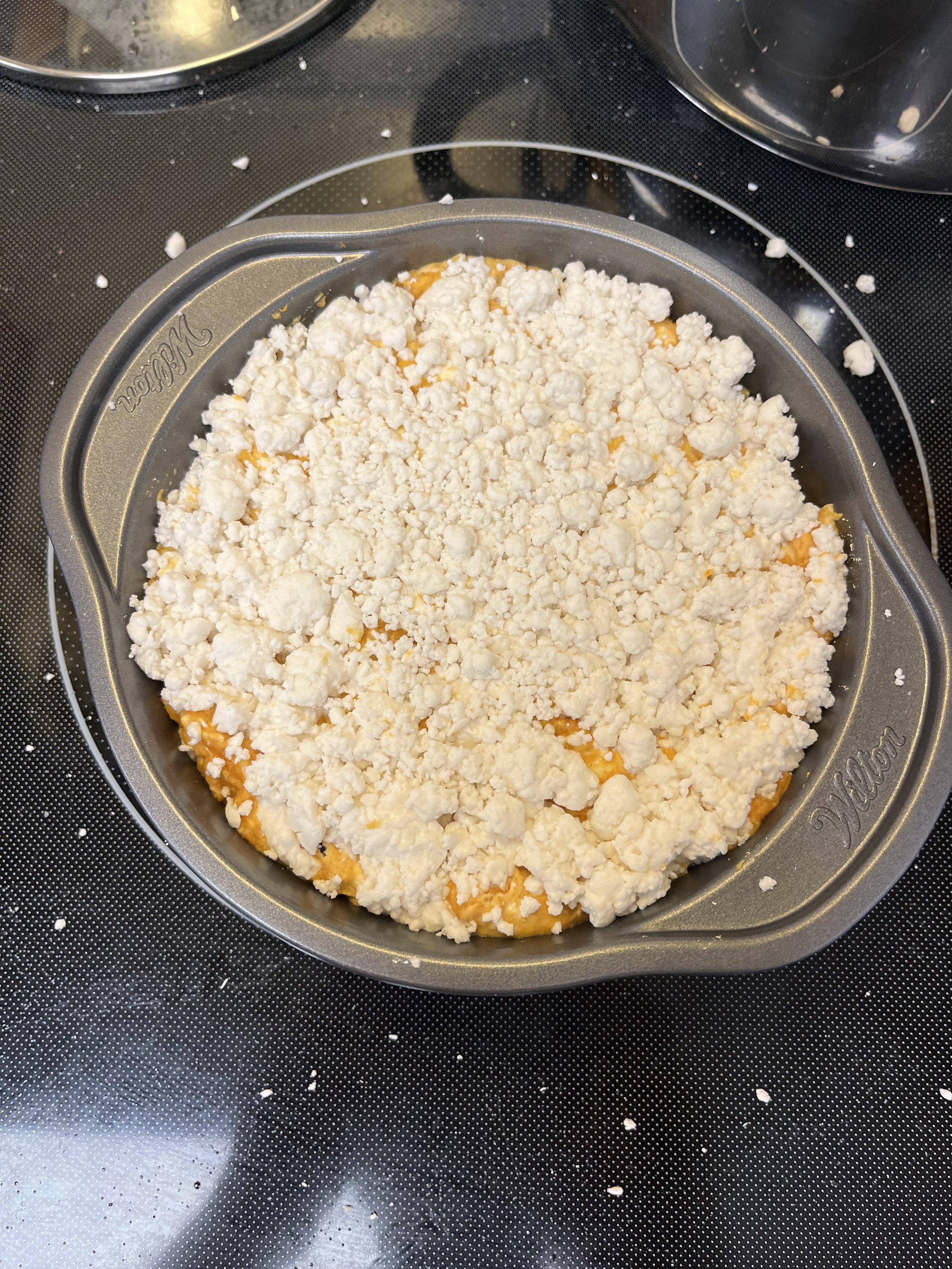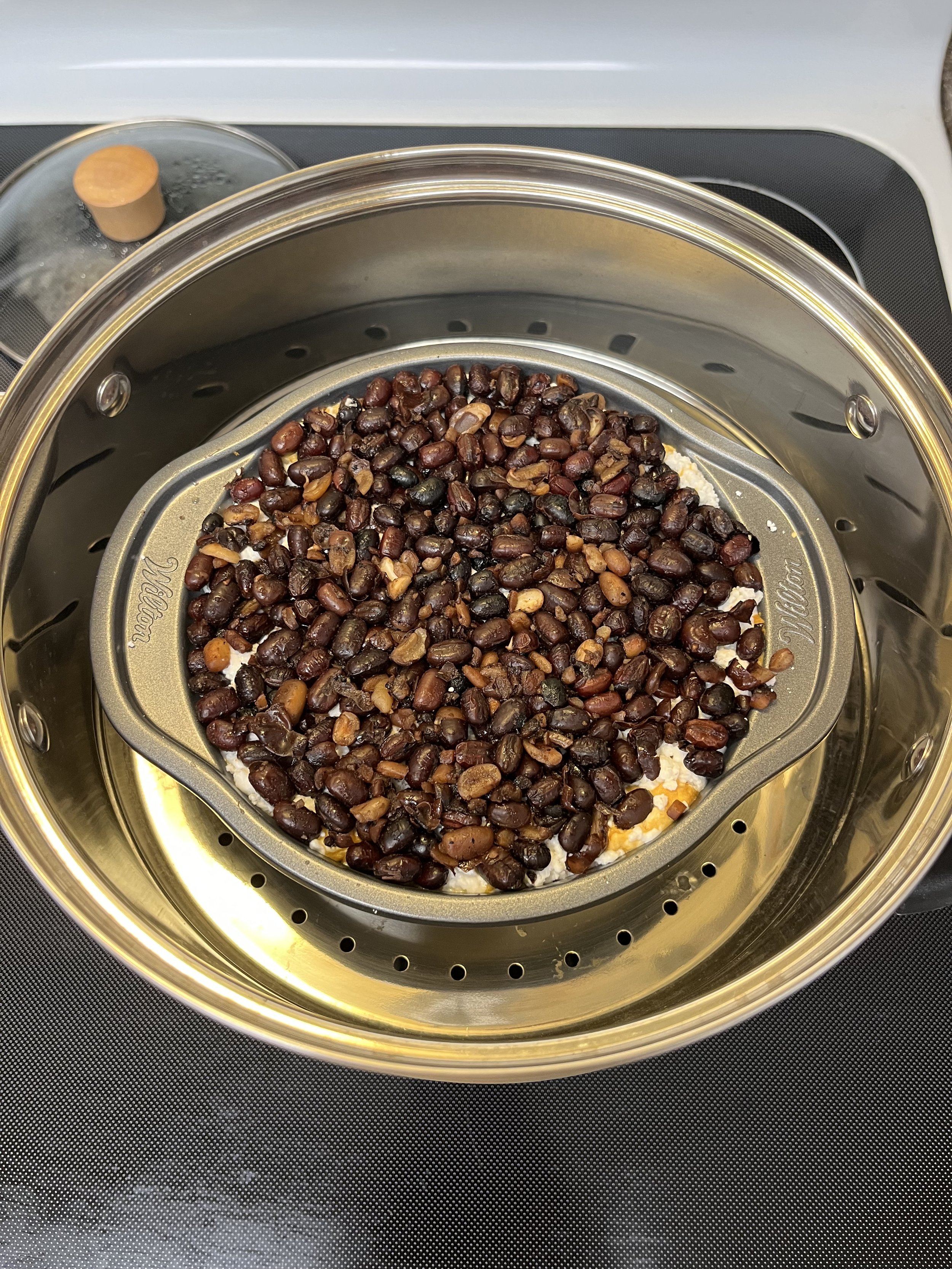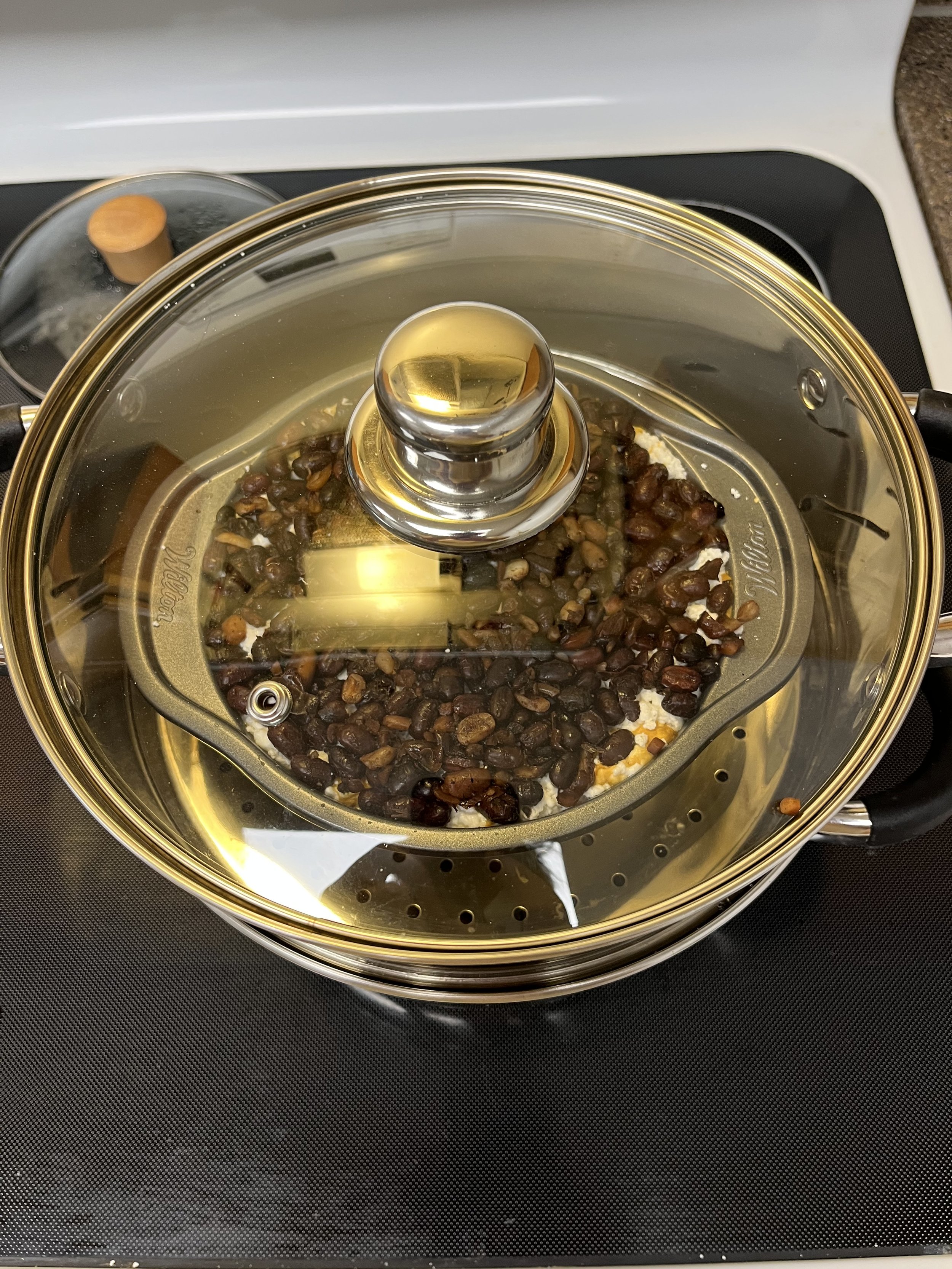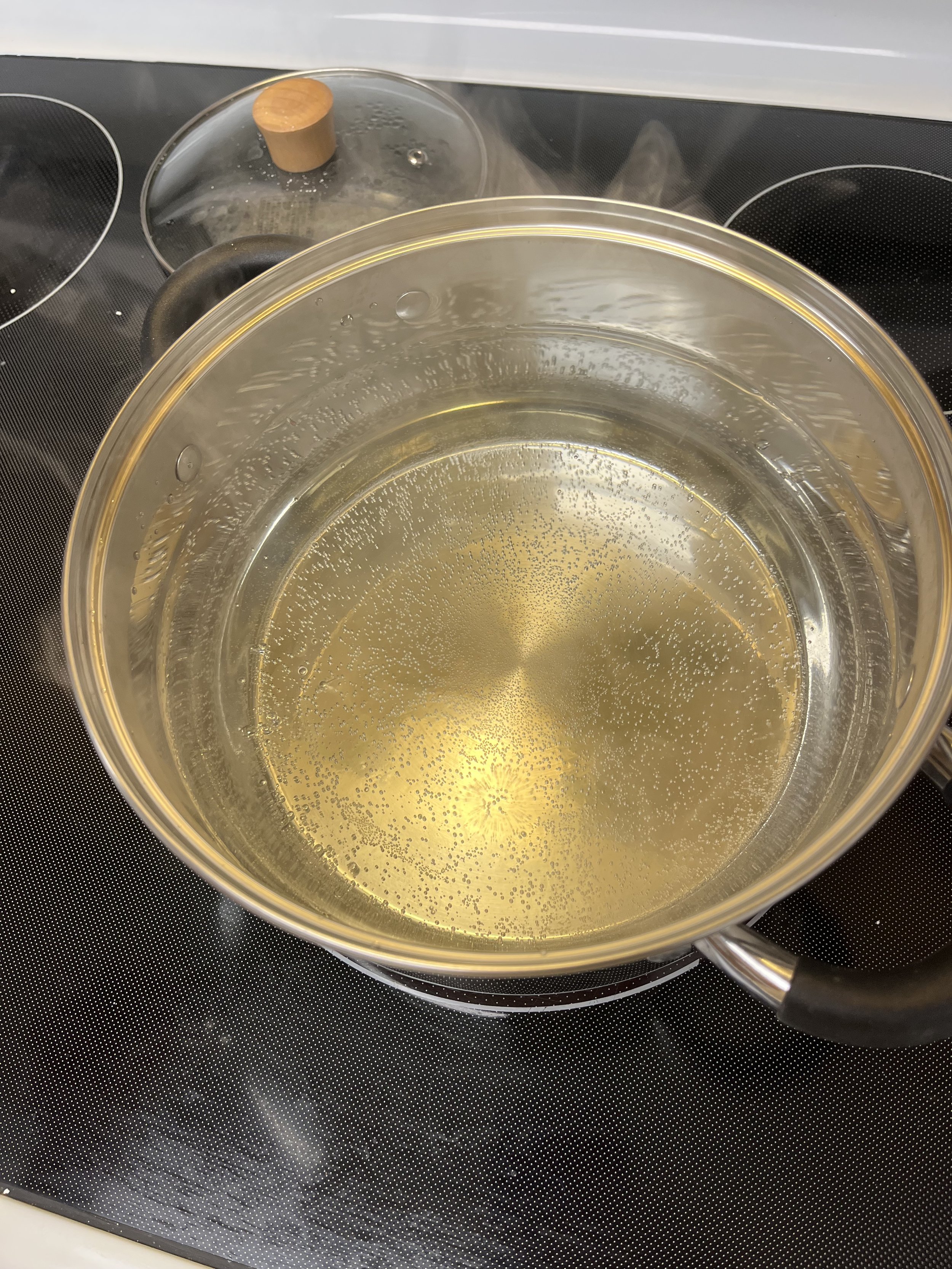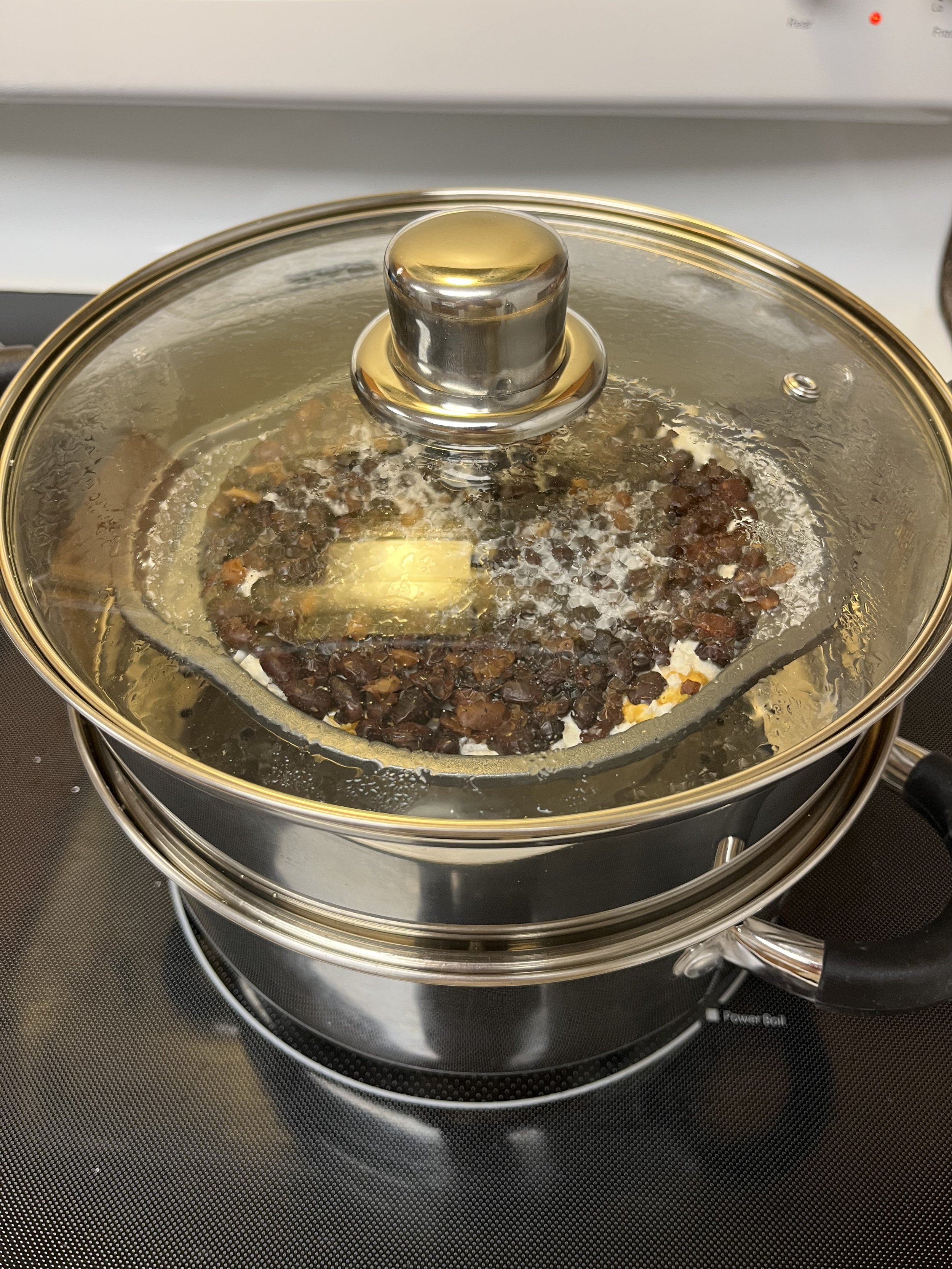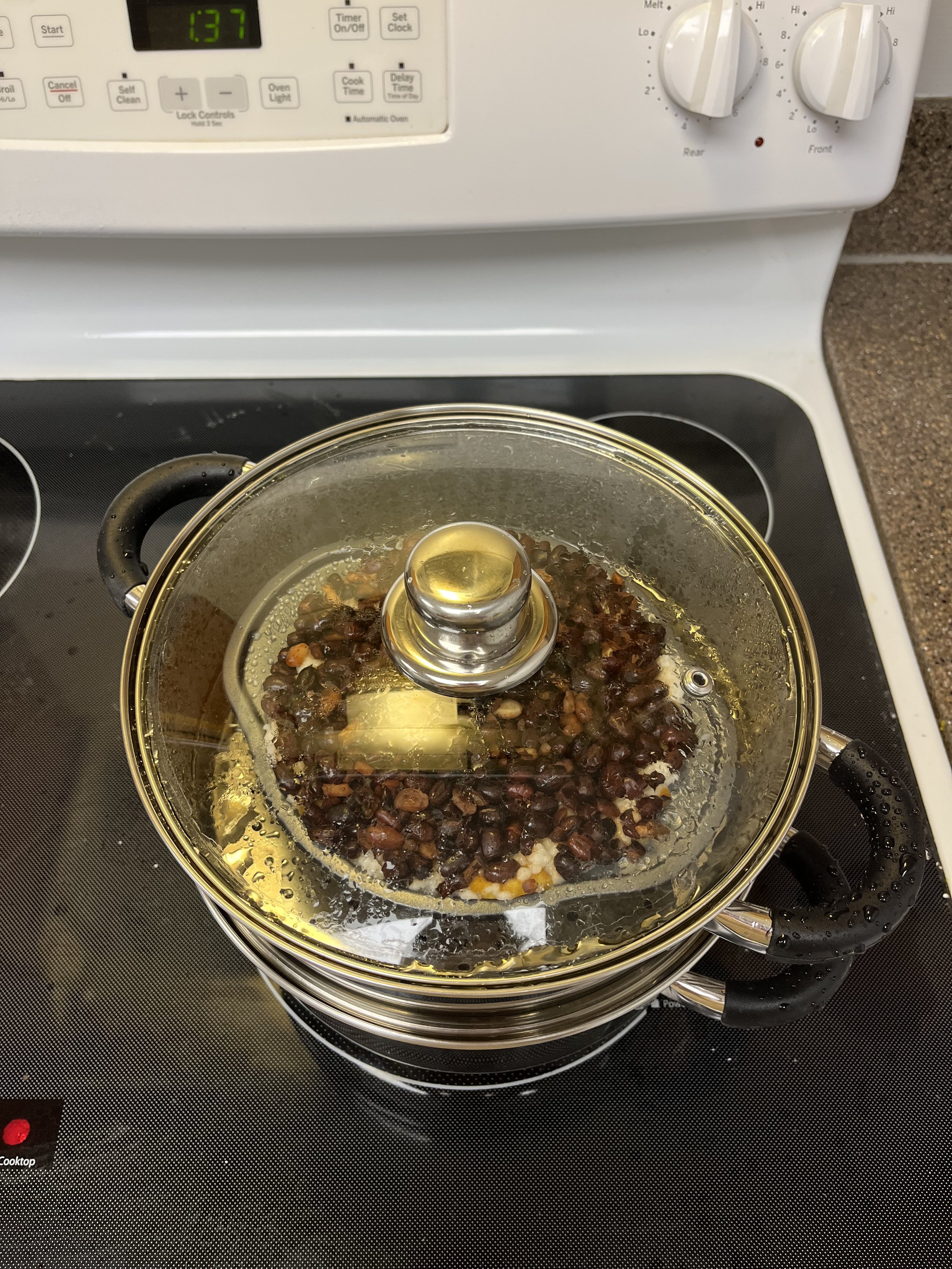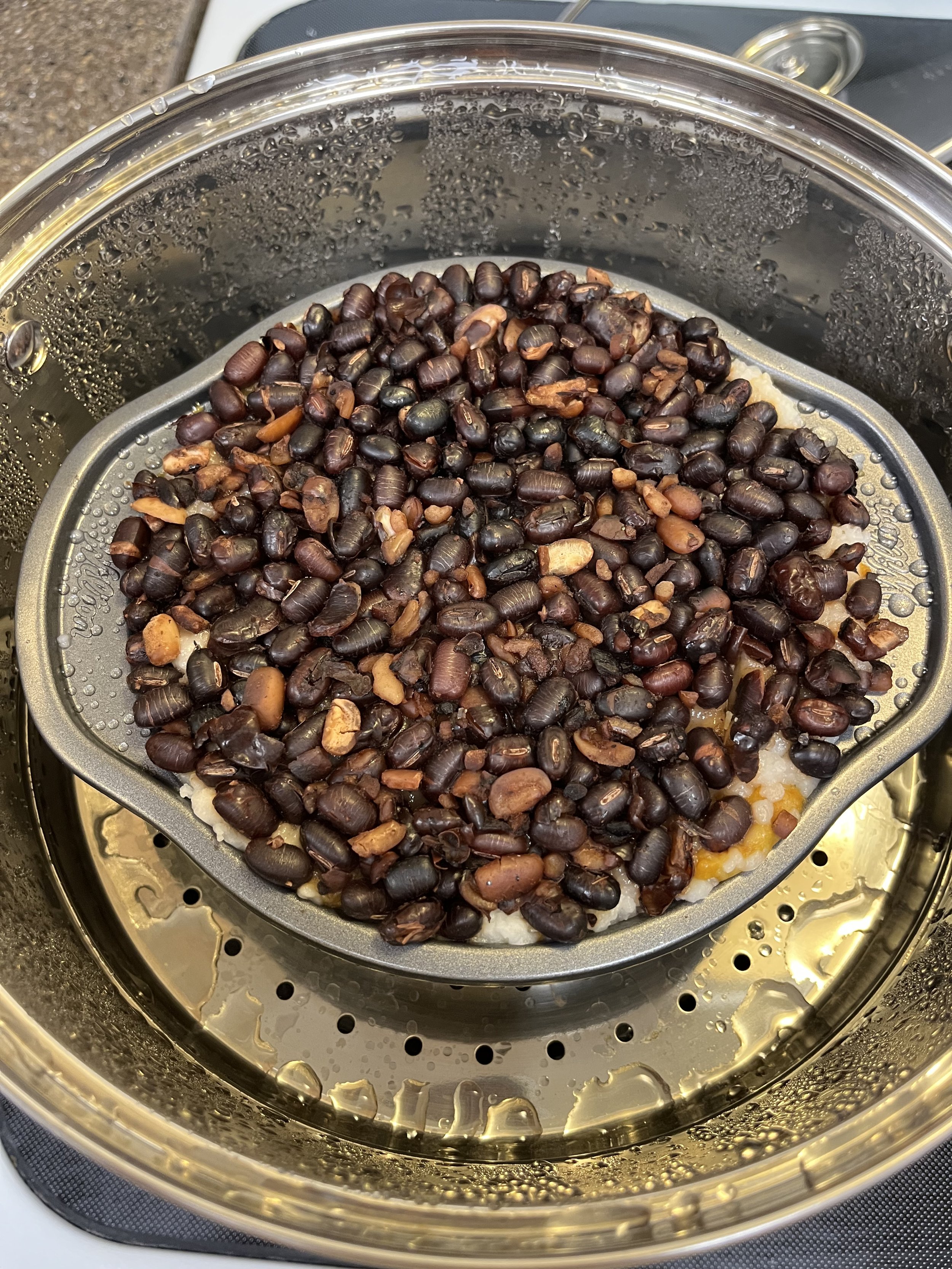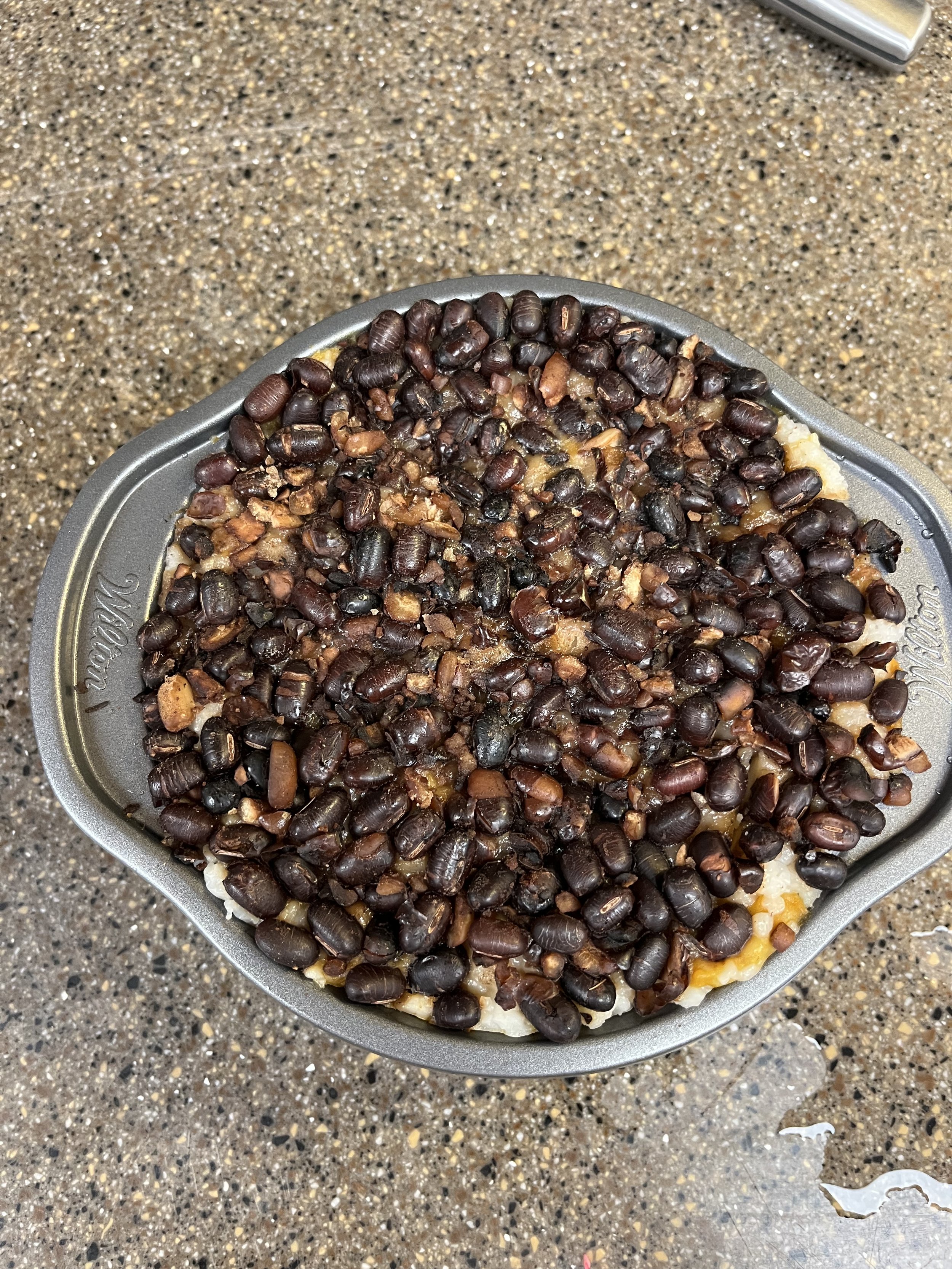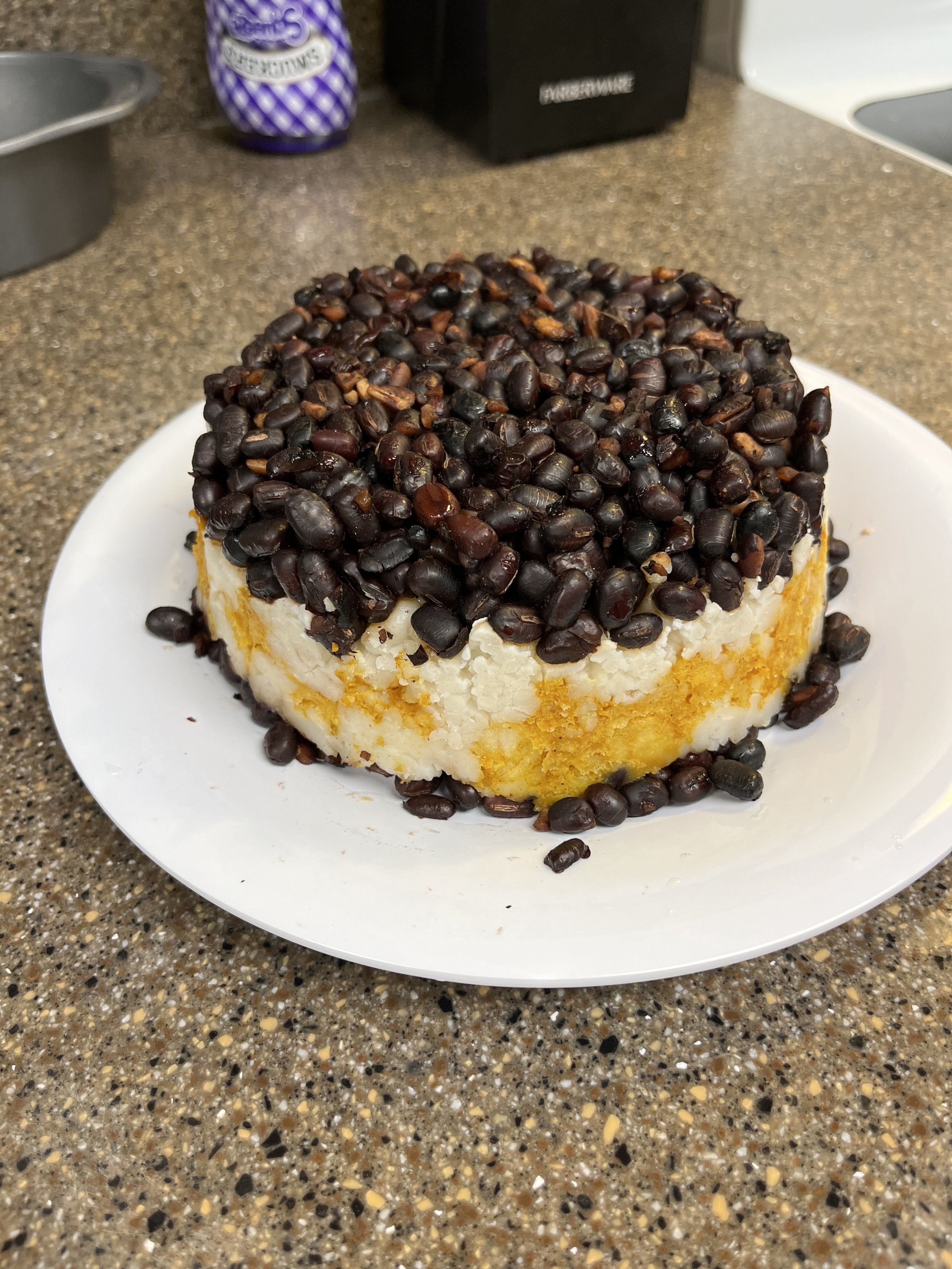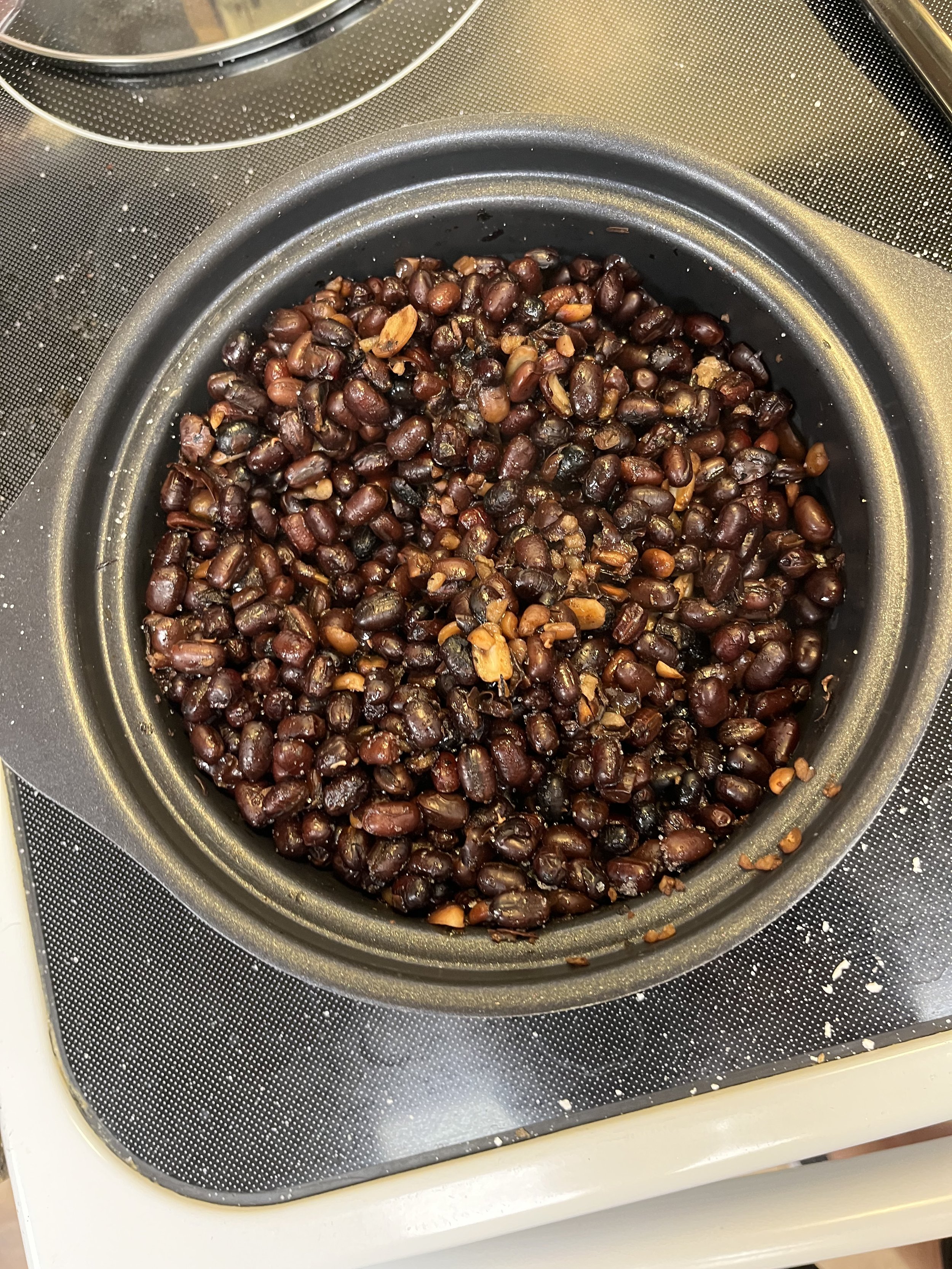Hobakpyeon: A Sweet Slice of Joseon History
Exploring a traditional Korean dessert's flavors, history, and cultural significance
Figure 1:
What is Hobakpyeon?
Hobakpyeon (호박편) is a traditional Korean steamed rice cake that incorporates the rich flavors of pumpkin and red beans. Originating from the Joseon Dynasty (1392-1910), this dish was often served as part of banchan (side dishes) in royal courts. During the Joseon period, the royal kitchen was central not only to preparing meals for the king but also in shaping Korean culinary practices. The ingredients and techniques used in creating Hobakpyeon reflect the era's agricultural landscape and the significance of pumpkins as a symbol of health and abundance.
The primary source for this reconstruction is the Siŭi chŏnsŏ (시의전서), a cookbook that documents traditional Korean food practices. This text offers valuable insights into the preparation of Hobakpyeon, offering a glimpse into the flavors and textures favored by the Joseon court. While much of Joseon cuisine has been lost to time, this ancient cookbook serves as a vital bridge between the past and present, preserving the royal culinary tradition.
The purpose of this project is to reconstruct Hobakpyeon using the Siŭi chŏnsŏ recipe and modern adaptations to account for ingredient availability. Through this hands-on process, I will explore the historical significance of the rice cake, its ingredients, and the cultural context that shaped its creation. By reconstructing this dish, I aim to revive a piece of Korean culinary history and highlight how food connects cultural identity and heritage.
Cultural Context and Historical Roots of Hobakpyeon
Pumpkin, known in Korean as 호박 (hobak), has been cultivated in Korea since early modern times. It is an ingredient associated with health and vitality, often used in Korean traditional foods for its gentle sweetness and high nutritional value. Hobakpyeon was typically prepared as a seasonal treat, especially in the fall, when pumpkins were in abundance. According to Donggukseogi (동국세시기), a historical document, hobaktteok (호박떡) was particularly popular in the autumn months, along with other autumn dishes like songpyeon (송편), which are made from rice flour and filled with sweet fillings like sesame seeds or beans.
Figure 2:
Historically, Hobakpyeon served not only as a delicious snack but also as a symbol of abundance and prosperity. It was part of a broader tradition of preparing food in accordance with the seasons, a practice seen in other famous Korean rice cakes, such as songpyeon and jeolpyon (절편), which reflect the seasonal availability of ingredients. The dish also held social significance, being served during feasts, celebrations, and special occasions. Its soft, chewy texture and subtle sweetness made it a favorite among the royal court and among common folk alike.
Hobakpyeon is also mentioned in Joseon Muwangsin Yori Jeop (조선무쌍신식요리제법), which categorizes it as a fall dish, alongside other seasonal rice cakes. The recipe was often accompanied by red bean paste, as the sweetness of red beans complements the mild flavor of the pumpkin. This tradition of pairing sweet ingredients with red bean paste reflects the Korean culinary appreciation for balancing flavors—sweet, salty, and savory—in dishes.
Culturally, pumpkins were not only valued for their culinary properties but also for their health benefits. Hobakpyeon was believed to aid digestion and was often used as a restorative food for those recovering from illness, as pumpkin is rich in vitamins and minerals. In modern times, it has also been recognized for its role in promoting healthy digestion, and it is often recommended in traditional Korean medicine as a food that helps balance the body's energy.
The various regional variations of hobaktteok across Korea—ranging from hobak songpyeon in Chungcheong-do, to hobak samsek danja in Gangwon-do, and hobak ojari in Jeju-do—further highlight the cultural diversity and significance of the dish. These variations, each with their own unique ingredients and preparation methods, reflect the adaptability of Hobakpyeon to local tastes and customs, solidifying its place as an essential part of Korean culinary heritage.


